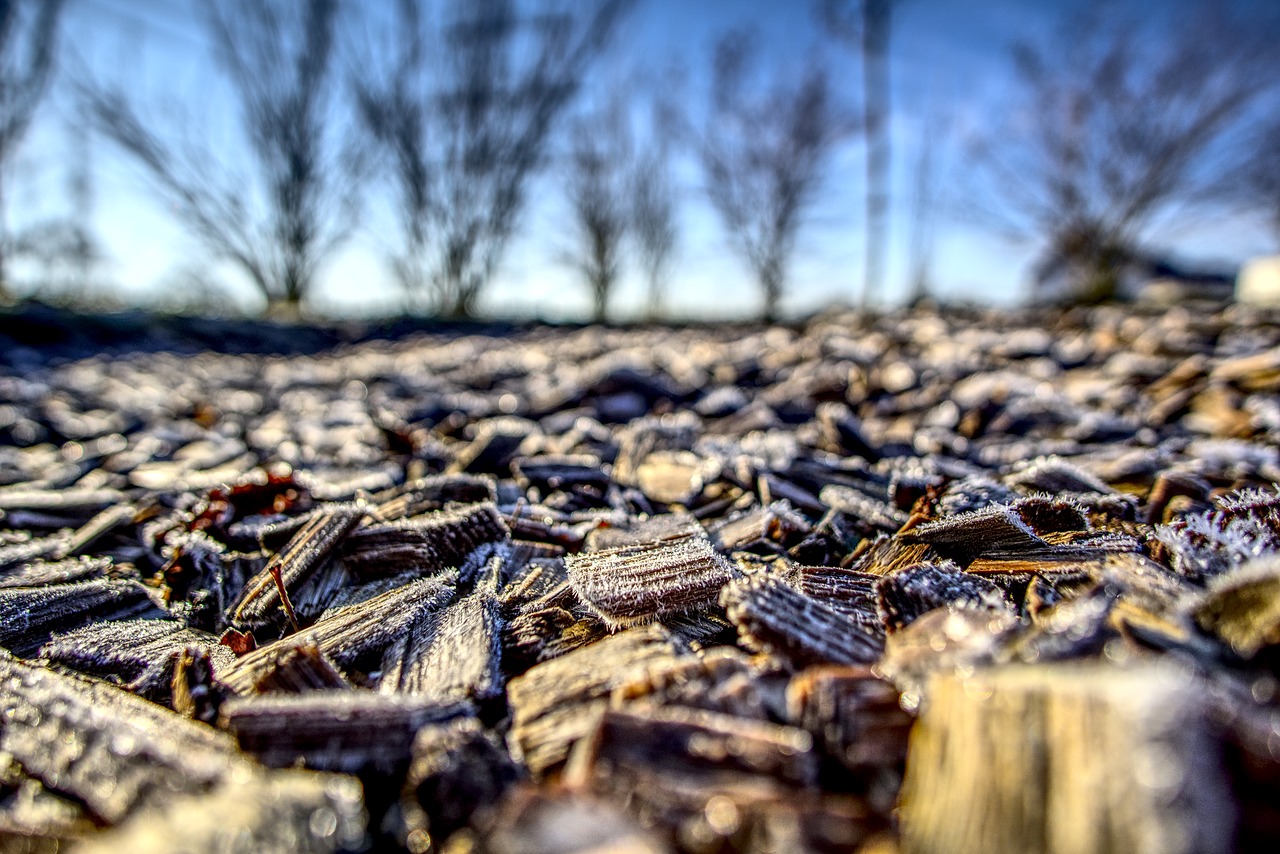Mulch or bark can be applied to your garden and flower beds any time of the year in Camas, Washougal, and Vancouver, Washington. Winter, however, is one of the best times to consider cleaning out your beds and applying mulch.
3 Benefits of Mulching in Winter
Adding mulch to the beds around your property has several benefits. Here we will discuss the top three most useful purposes of mulching in winter.
Insulation
Mulch helps to insulate your plants. Insulating your plants protects them and their roots from the harsh, cold winter months. The cold or freezing temperatures that often occur during winter in the Pacific Northwest can have a devastating effect on your desirable plants. Mulching around these plants will aid in keeping them safe so that they may flourish the rest of the year.
Moisture
Another benefit of mulch is that it retains moisture well. Dry soil has a tendency to become colder than moist soil. Therefore, adding bark to your landscape beds will help retain a proper level of moisture, further insulating your desirable plants against the cold. Furthermore, mulched beds will also retain this moisture during the warmer seasons, slowly releasing water into the ground, giving your plants a much-needed drink.
Weed Barrier
A thick layer of mulch also helps to fight against the rampant growth of weeds. Mulch blocks sunlight and air from reaching the depths of your soil. Sunlight and air are two common factors that any plant seed needs to germinate. Therefore, applying a thick layer of mulch will help to protect against the germination and spread of undesirable plants referred to as weeds. Applying mulch in winter makes it even more difficult for these undesirable plants to become established, creating far less work during the warmer, growing months of spring and summer.
When to Apply Mulch in Winter
Applying mulch in winter will be effective at any point. However, applying it on a dry day after a hard frost will give you the best results. Applying after a hard frost will ensure a good number of undesirable seeds were killed or stunted with the cold beforehand. Applying mulch after a freeze will, therefore, even more effectively fight against the growth and spread of undesirable plants.
Cleaning Out & Applying Mulch
The steps for applying mulch can be a somewhat tedious process. The first thing we will want to do is remove any debris (fallen leaves, trash, dead plant growth, etc.) from the beds. Next, we will remove any plant growth left lingering in the beds. Once the beds have been thoroughly cleaned out, you can begin applying mulch. You will want to have a thick layer of mulch; up to 3 inches. Ensuring you have a thick layer of mulch is important to assuring a proper coverage of your beds so that they are insulated correctly. Be sure to avoid laying mulch any thicker than about 3 inches; too thick of mulch can be a breeding ground for mold, fungus, and pests.
Applying mulch to your beds is extremely beneficial. The process can be time-consuming and laborious. Urban Eden Landscaping has years of experience in applying mulch and would love to help with your landscaping project. Give us a call today at (360)567-6399, contact us here, or fill out a FREE online estimate request form now.

